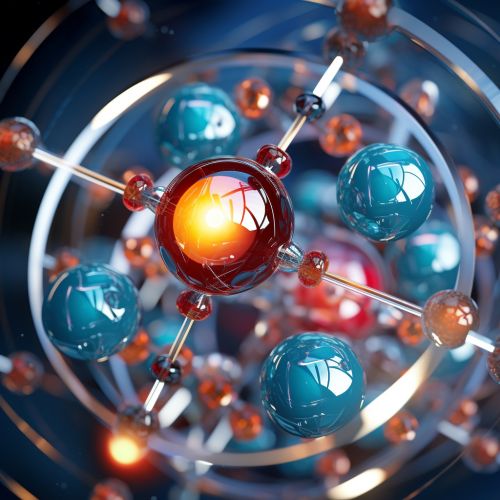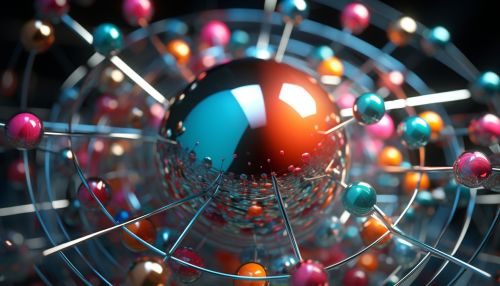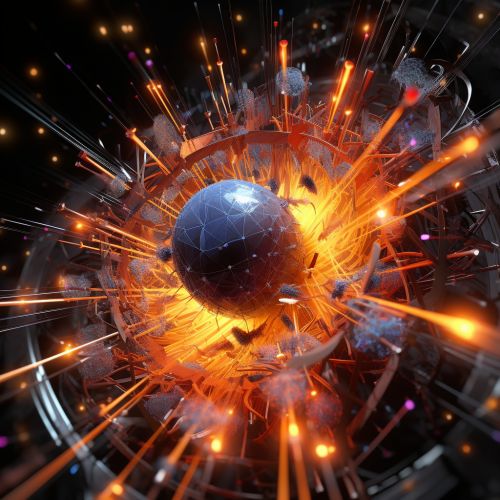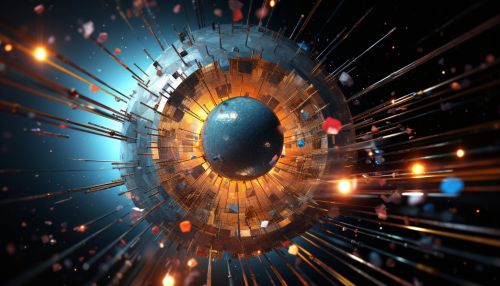Standard Model
Introduction
The Standard Model of particle physics is a theory that describes three of the four known fundamental forces (the electromagnetic, weak, and strong interactions, and not including the gravitational force) in the universe, as well as classifying all known elementary particles. It was developed in stages throughout the mid-20th century, by many scientists around the world.
Fundamental Forces
The Standard Model includes three of the four known fundamental forces: the strong force, the weak force, and the electromagnetic force. The fourth known force, gravity, is not included in the Standard Model.
Strong Force
The strong nuclear force is one of the four known fundamental forces and is responsible for holding the nuclei of atoms together. It is approximately 100 times stronger than the electromagnetic force, yet its strength rapidly decreases with distance, making it a short-range force. The strong force is mediated by particles known as gluons.


Weak Force
The weak nuclear force is responsible for radioactive decay and the fusion of atomic nuclei in stars. It is mediated by the W and Z bosons. The weak force is unique in that it can change the flavor of quarks (i.e., change one type of quark into another).
Electromagnetic Force
The electromagnetic force is responsible for the interactions between charged particles. It is the force that holds atoms and molecules together, and is responsible for the chemical reactions that occur in all matter. The electromagnetic force is mediated by the photon.
Elementary Particles
The Standard Model classifies all known elementary particles into three types: quarks, leptons, and gauge bosons.


Quarks
Quarks are a type of elementary particle that make up protons and neutrons. There are six types, or "flavors", of quarks: up, down, charm, strange, top, and bottom. Each quark carries a fractional electric charge.
Leptons
Leptons are a type of elementary particle that includes electrons, muons, taus, and their associated neutrinos. Each lepton carries a whole number electric charge or no charge at all.
Gauge Bosons
Gauge bosons are particles that carry the fundamental forces. The photon carries the electromagnetic force, the W and Z bosons carry the weak force, and the gluons carry the strong force.
Higgs Boson
The Higgs boson is a particle in the Standard Model, discovered in 2012 at the Large Hadron Collider at CERN. The Higgs boson is associated with the Higgs field, a field of energy that exists throughout the universe. The interaction of other particles with the Higgs field gives those particles mass.


Limitations and Beyond the Standard Model
While the Standard Model is a powerful theory that has been confirmed by many experiments, it has several limitations. For example, it does not include the gravitational force, it does not explain the masses of the elementary particles, and it does not include the dark matter and dark energy that make up most of the universe. These limitations have led physicists to search for new theories "Beyond the Standard Model".
